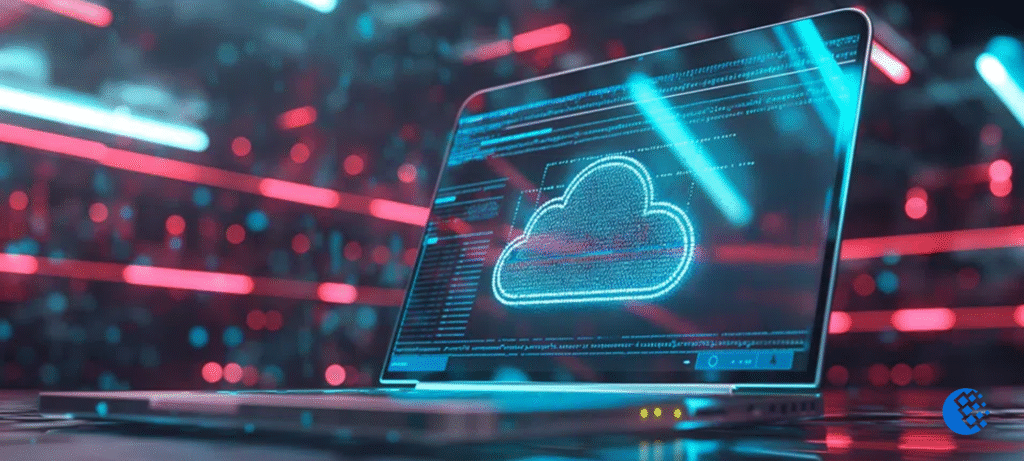For many enterprises, outdated systems limit agility and innovation relentlessly. Ancient code bases become maintenance nightmares. Systems nobody fully understands keep running because stopping them terrifies teams. Performance degrades over time. Scaling becomes impossible.
These legacy constraints drain resources and prevent competitive advantage. Modernization seems necessary but risky. Replacing working systems feels dangerous even when they’re outdated. That tension between necessity and caution paralyzes many organizations.
Legacy modernisation allows companies to rebuild for speed and scalability without sacrificing stability and reliability. The key is strategic approach balancing risk against opportunity. Wholesale replacement creates disaster. Thoughtful modernisation succeeds. Leading organisations modernise strategically identifying priorities.
They phase implementation carefully. They maintain stability while upgrading capability. That balanced approach delivers transformation without destruction. Here’s how leading organizations are modernizing smarter by balancing risk, cost, and long-term value effectively.
Identifying Which Legacy Systems Need Modernization First
Not all legacy systems need immediate attention. Some run fine and need minimal change. Others block business growth. Prioritization prevents trying to modernize everything simultaneously. Start with systems that impact business most. Systems supporting revenue generation get priority. Systems blocking growth get priority. Systems creating maintenance nightmares get priority. That strategic focus delivers maximum business impact per modernization effort.
Business impact assessment drives prioritization. What systems directly affect revenue? What systems prevent new capabilities? What systems consume excessive resources? Those questions identify targets. A system might be ancient but if it requires minimal maintenance, it’s not urgent. Another system might be newer but if it blocks growth, it’s priority. Impact drives urgency, not age alone.
Technical assessments complement business prioritization. Assess system complexity, dependencies, and technical debt. Simple systems modernize quickly. Complex systems require more planning. Systems with many dependencies require careful sequencing. That technical reality prevents optimistic timelines. Realistic assessment prevents failed modernization projects.
Rehosting vs. Refactoring: Choosing the Right Approach
Rehosting means moving systems to cloud unchanged. It’s fast and low-risk. Systems work exactly as before just in different infrastructure. But it misses cloud benefits. Performance doesn’t improve. Scalability doesn’t improve. Costs drop but gains are limited. Rehosting works for systems you’re replacing soon anyway. It doesn’t work for long-term strategy.
Refactoring means rebuilding systems for cloud architecture. It’s slower but delivers maximum benefit. Cloud-native design provides performance, scalability, and flexibility. But refactoring is expensive and risky. Development takes longer. Problems emerge in new code. That higher investment only makes sense for critical systems. Refactoring everything wastes resources on low-value targets.
Hybrid approaches modernize gradually. Rehouse first to migrate quickly. Refactor later for optimization. That staged approach delivers speed initially then benefit eventually. It prevents betting everything on complex refactoring. It enables business continuity during modernization. That pragmatic balance suits most organizations.
Leveraging APIs and Microservices for Flexibility
APIs enable system integration without rebuilding everything. Legacy systems expose functionality through APIs. New systems consume those APIs. That loose coupling allows independent evolution. New capabilities integrate with legacy systems through APIs. That flexibility prevents requiring complete replacement. APIs create innovation opportunities without revolution.
Microservices break monolithic applications into smaller services. Each service handles specific function. Services can be updated independently. That modularity enables faster development and deployment. Microservices enable experimentation. Teams deploy new features to subsets of services. That controlled rollout reduces risk. Microservices architecture enables agility that monoliths prevent.
API and microservices adoption isn’t all-or-nothing. Start with critical services. Gradually convert others. Maintain legacy monoliths while new capabilities use microservices. That coexistence approach enables transition without disruption. Organizations modernize incrementally rather than sweeping transformation.
How Modernization Enables Cloud-Native Innovation
Cloud-native design leverages cloud strengths specifically. Auto-scaling handles traffic spikes. Containerization ensures consistency. Serverless removes infrastructure management. These capabilities only work with cloud-native architecture. Legacy modernization enables these innovations. Modernized systems operate more efficiently in cloud. That efficiency delivers business value justifying modernization investment.
Innovation velocity increases with modernization. Cloud-native systems deploy changes continuously. Legacy systems require careful testing before deployment. That difference compounds over time. Modern systems evolve quickly. Legacy systems stay static. Organizations modernizing gain competitive advantage through faster innovation.
Cost optimization improves with cloud-native architecture. Auto-scaling prevents paying for unused capacity. Containerization improves resource utilization. Serverless eliminates infrastructure entirely. These capabilities reduce operational costs. Legacy systems running in cloud don’t get these benefits. Modernization unlocks cost savings cloud promises.
Bottom Line
Modernization is a journey, not a one-time project requiring patience and strategy. Phased, strategic modernization delivers measurable business growth. Start with high-impact systems. Choose approaches matching business needs. Leverage APIs and microservices for flexibility. That disciplined approach transforms legacy constraints into competitive advantage.
Organizations treating modernization as project fail repeatedly. Organizations treating it as strategic journey succeed. That mentality difference drives success more than specific tools or approaches. Commitment to continuous improvement drives sustained benefit.
Plan modernisation strategically aligning IT upgrades with business goals. That alignment ensures modernisation delivers real value. Random technical modernisation without business focus wastes resources. Strategic modernisation transforms organisations.





